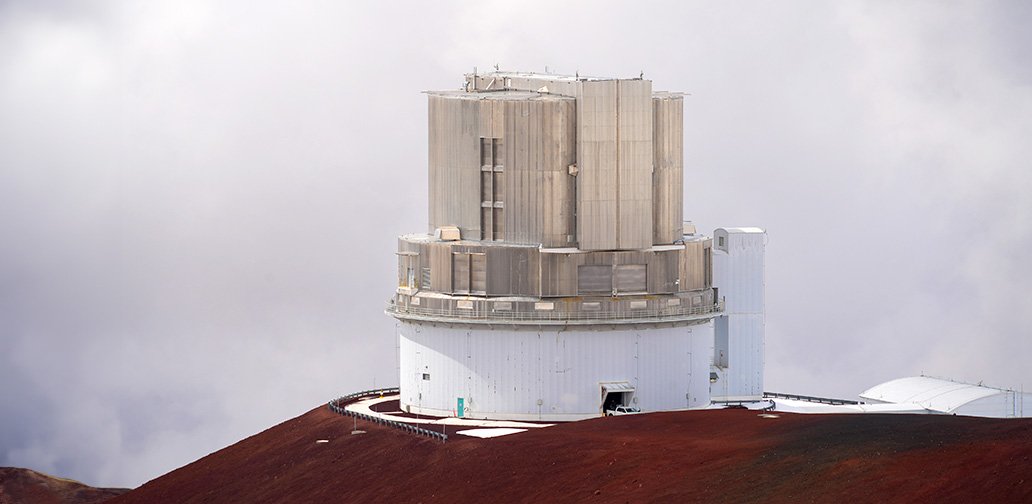Hosting a major sporting event like the Olympic and Paralympic Games can deliver benefits to the host country, such as improved infrastructure (new sport facilities, better public transport, greater accessibility for people with disabilities), increased employment and tourism, environmental benefits and greater national pride.
Authors
Vaughan Cruickshank
Senior Lecturer in Health and Physical Education, University of Tasmania
Brendon Hyndman
Senior Manager, Brisbane Catholic Education & Associate Professor of Health & Physical Education (Adj.), Charles Sturt University
Tom Hartley
Lecturer in Health and Physical Education Education, University of Tasmania
While many of these benefits are mainly seen close to the host city, increased participation in sports and physical activity has the potential to have a positive impact on people throughout the host country and indeed all around the world.
But do major sports events like the Olympics actually improve participation?
In short, the research is currently unclear. While some studies have found increases, many others have not.
Increases are often a short-term spike, particularly in sports the country has been successful in, but these gains decrease over time.
Inspiration versus participation
Australians have always had a strong interest in sports, with many of us believing sport contributes to our national identity.
This passion is particularly evident during major international events like the Olympics – Sport Australia estimates 82% of Australians watched at least some of the Tokyo Olympics.
Around one in five Australians who watched those Olympic and Paralympic Games said they saw something that would encourage them to be more physically active. Parents also said they were thinking of enrolling their children in a new sport.
However, engagement and inspiration do not always lead to participation.
Why is this?
Researchers have noted two different potential relationships between major sporting events and community sport participation.
Firstly, elite athletes become role models who inspire us to become more active, by participating more in our current sport or trying a new one.
In contrast, the second is some of us feel watching elite athletes discourages us because we recognise the massive differences in our fitness, abilities and skills.
It is also important to recognise many other factors can influence participation, including costs and the availability of coaches, equipment and facilities.
The COVID pandemic and cost-of-living crisis are other key influences in recent years.
Impacts of major Australian sporting events
While the Sydney Olympics did not significantly increase physical activity levels in Australia, other big events have been more successful.
The year after Australia hosted the 2003 Rugby World Cup, junior registrations increased by 20%.
More recently, female soccer registrations have significantly increased following the Matildas’ performance in the 2023 Women’s World Cup.
These successes demonstrate a more direct link between major sports events and increased participation in the specific sport involved.
The pre-Olympics boost
Research has also noted sports participation can increase before an Olympics.
A decade-long survey in England revealed there were major sports participation spikes during the lead-up to the 2008, 2012 and 2016 Olympics, rather than afterwards.
This could be due to increased media coverage, school engagement and programs organised by national sporting bodies and clubs.
Strategies to capitalise on post-Olympics interest
So, as the Paris Olympics approach, how can we convert our sports watching into participation?
National sport organisations need to help clubs promote themselves in their local communities and make their sport accessible. An online portal or app to find nearby sports clubs could be helpful.
Free trial days provide a risk-free way to try new sports. Clubs could schedule these regularly after events like the Olympics.
Scheduling activities at various times to accommodate different schedules may help, as might equipment loan programs that can make starting new sports easier, especially for those needing a lot of expensive gear.
Group activities can enhance enjoyment and reduce intimidation, so offering special group rates or buddy programs, particularly for beginners, can encourage participation.
Non-competitive skill development programs can attract those interested in sports for leisure and emphasise that sport is for everyone.
Advice and endorsements from local Olympic athletes can also be highly motivational. Partnering with athletes to create motivational content and provide advice can inspire greater participation, particularly for children.
Looking ahead to the Brisbane Olympics
Increased sports participation and higher levels of physical activity are some of the 2032 Brisbane Olympics’ desired legacy outcomes.
For this to be achieved, governments and sporting organisations will have to work together to develop a strategic approach. Paris 2024 has already used this approach to successfully increase physical activity through school programs and redesigned public spaces.
The impact of new Olympic sports also needs to be considered.
Skateboarding experienced increased interest following its Olympic debut in Tokyo.
Paris 2024 will include breaking as a new sport, while Los Angeles 2028 is adding baseball, softball, lacrosse, Twenty20 cricket, flag football and squash.
What about Brisbane?
While the new sports for 2032 have not yet been announced, these new, potentially less well known sports could experience a similar increase in popularity leading up to the Brisbane games.
Some sports such as gymnastics and basketball are already struggling to deal with increased demand in Queensland.
Local sports clubs will need assistance from government and national sporting organisations to be ready to deal with any increase in interest and help the Brisbane Olympics meet their legacy goals.
![]()
The authors do not work for, consult, own shares in or receive funding from any company or organisation that would benefit from this article, and have disclosed no relevant affiliations beyond their academic appointment.





